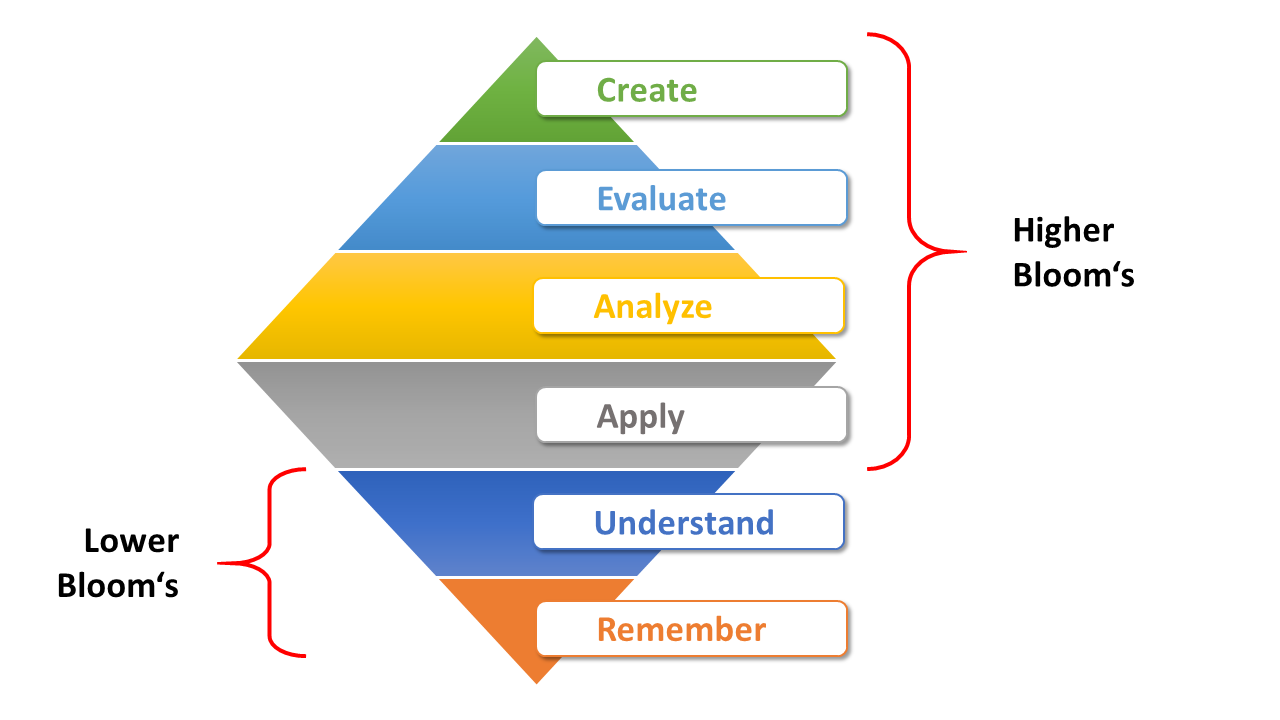Flipped Learning is seen as a pedagogical approach. It is often confused with the flipped classroom. Some teachers think that it is the same as Blended Learning (due to the fact, that Blended Learning is split into distance learning and on-site teaching and this seems to be similar to Flipped Learning).
Nevertheless, all these ideas and statements are incorrect.
So if these are wrong, then what is flipped learning really?
Flipped Learning 3.0 as a framework
Flipped Learning 3.0 is a pedagogical framework. A pedagogical framework creates the structure around the philosophy of learning and teaching. A set of guidelines enables teachers to evaluate and refine their practice. It represents a consistent and commonly shared approach and will support teachers in the development and transfer of high quality learning and teaching based on best practice research and relates it to the most effective way that students learn.
Flipped Learning explained
The Flipped Learning framework is based on twelve sectors of effective Flipped Learning as illustrated by the color wheel developed by Errol St. Clair Smith, the Director of Global Operations for the Flipped Learning Global Initiative. The twelve sectors are:
 Understanding Flipped Learning
Understanding Flipped Learning- Communication and Culture
- Planning for Flipped Learning
- Individual Space Mastery
- Group Space Mastery
- Assessment
- K-12 Focus
- Learning Spaces
- IT Infrastructure
- Student Feedback
- Evidence and Research
- Professional Development
Each sector has a more or less extensive number of elements. All over exist 187 Global Elements of Effective Flipped Learning. Approximately 90 of these are relevant for the development of Flipped Learning 3.0 courses.
Cornerstones of Flipped Learning
Three crucial issues in Flipped Learning will be mentioned. These will be called the cornerstones and are known as: Use of Bloom’s Taxonomy, the individual space and the group space.
Bloom’s taxonomy is well-known and at least 50 years old. Entering the early 2000 the taxonomy has been revised, restructured and formulated as verbs (to express the „doing“ as an activity and not the property).

Bloom’s Taxonomy (revised for Flipped Learning). The so-called „Lower Bloom’s and „Higher Bloom’s“ are marked.
The taxonomy is used to explain which learning parts are implemented in the Individual Space and what comes to the Group Space.
Individual Space and Group Space are so-called learning spaces, which have well-defined properties. The general pedagogical approach is based on learner-centered learning and teaching which means active learning.
The Individual Space
This is the place and the time, where and when the learner is alone. The assignments are in line with the „Lower Bloom’s“. These assignments focus on knowledge-based learning and the appropriate understanding. The learning process uses active learning assignments – often realized as multimedia-based and interactive learning content.
The Group Space
Learning of content related to the „Higher Bloom’s“ is done in the group learning space. The pedagogy is active learning in the „Group Space“, if possible implemented as group-based activities.
____________
 This post includes copyright protected content licensed by the Flipped Learning Global in the frame of the cooperation contract.
This post includes copyright protected content licensed by the Flipped Learning Global in the frame of the cooperation contract.
